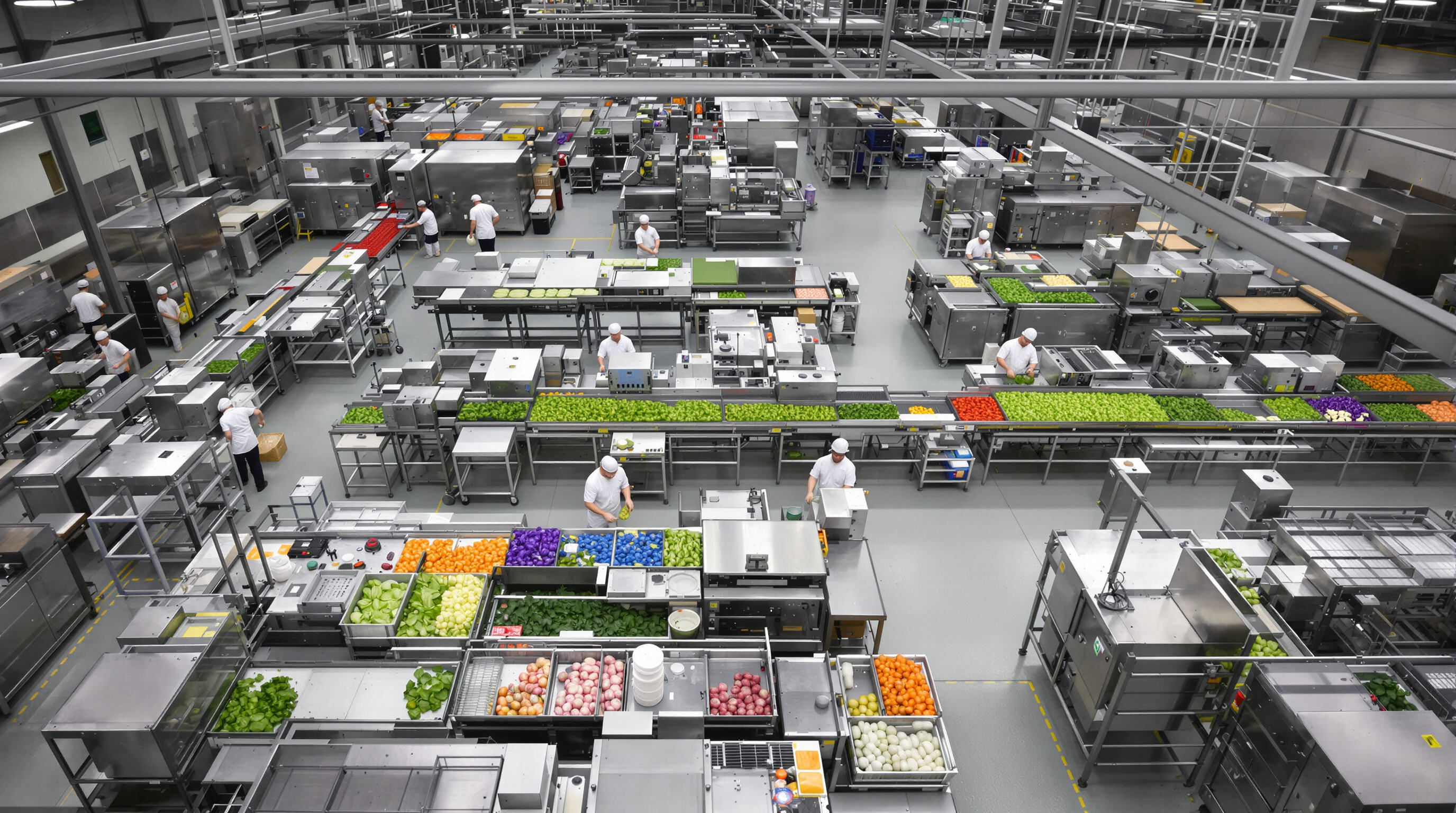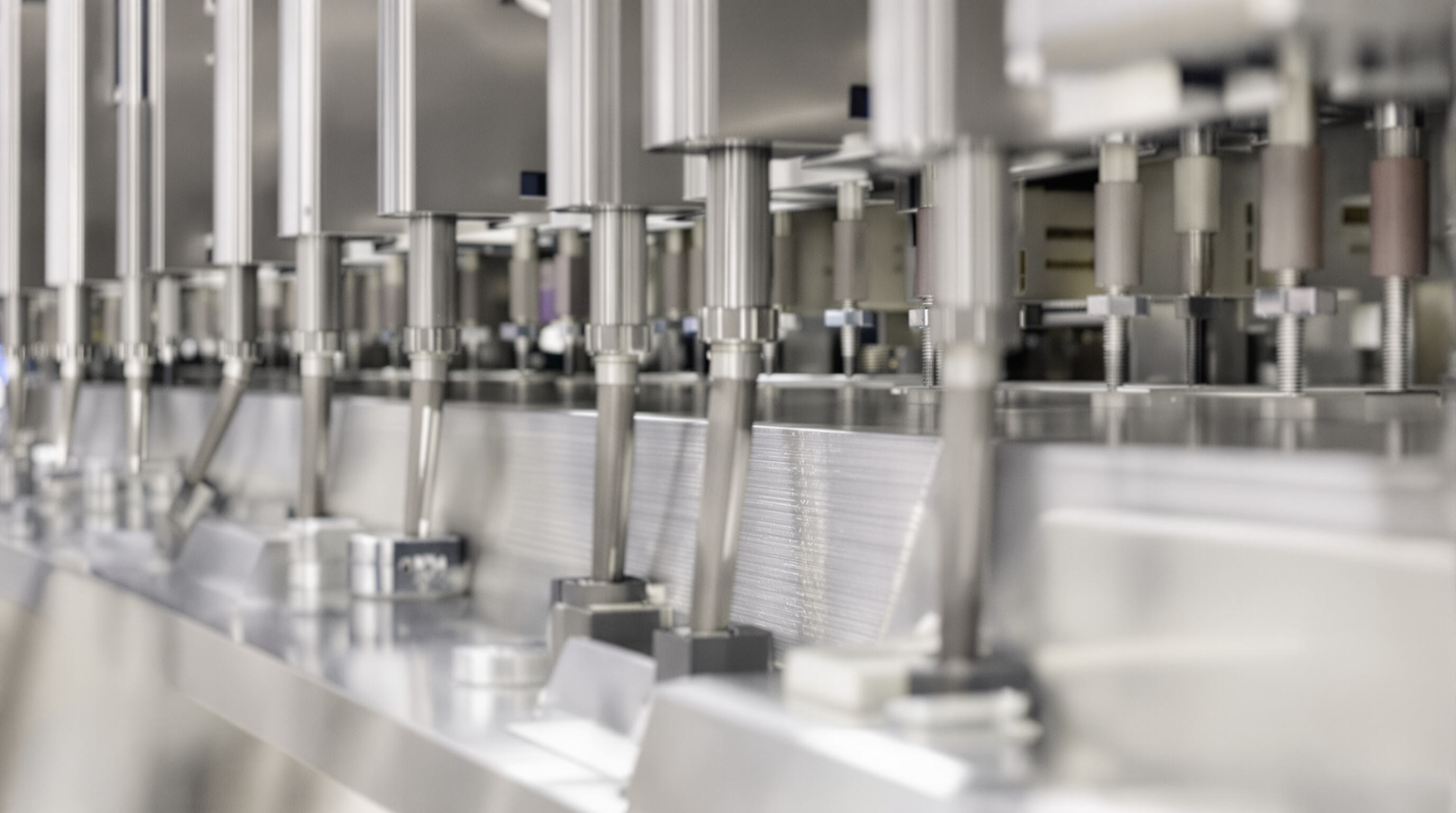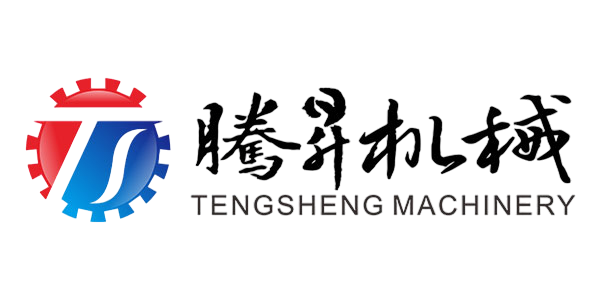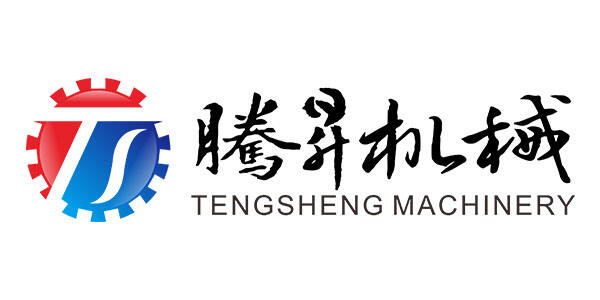
Start by calculating peak-hour vegetable preparation demands using historical data from your busiest service periods. Commercial kitchens processing over 500 lbs of produce daily require industrial-grade dicers with ¥200 lb/hour throughput, while smaller operations (<100 lb/day) might prioritize compact multi-functional units.
Map your prep station layout against equipment cycle times—continuous-feed peelers that integrate with existing conveyor systems reduce staffing gaps between washing and slicing stages. Semi-automatic systems suit kitchens with 4–6 prep cooks, whereas fully automated lines require specialized technicians for maintenance.
Dual-shift operations using 3-phase vegetable processing equipment achieve 22% lower per-unit costs compared to single-shift models during pilot tests. Scheduling preventative maintenance during off-peak hours maintains 97% operational readiness in high-volume environments.
Data-driven insight: 78% of large-scale kitchens report output capacity as their primary selection criteria for vegetable processing equipment (2023 Food Service Equipment Survey). This reflects a growing industry preference for combi-machines capable of handling 8–12 vegetable types without retooling delays.
The latest veggie processing machines come equipped with finely tuned blade setups that can slice and dice within about 1mm of each other. When vegetables are all cut the same size, it makes everything easier downstream from cooking times to how they fit in packages. Foodservice operators really care about this stuff too. Most frozen veggie packagers throw out whole batches if the pieces aren't consistent enough. One study found that around 92% of them do exactly that according to the Food Production Journal last year. These days, many industrial choppers have optical alignment tech built right in so the blades stay accurate even after running nonstop for those long 8 to 12 hour production runs.
Commercial choppers handle around 500 to 800 pounds per hour, while countertop versions manage only about 50 to 120 pounds in the same timeframe. Industrial grade machines require three phase power connections and regular upkeep, but worth it for businesses needing serious output. The efficiency boost compared to smaller models is roughly ten times higher, though actual results depend on specific conditions. When daily volume stays under 200 pounds, many operators find semi automatic peelers more cost effective. These machines typically run at less than two cents per pound in operating expenses, making them a smarter investment than full automation systems for lower volume applications.
Modern automated dicers running around 150 cycles per minute now come equipped with real time vision tech that keeps an eye on how clean those cuts are getting made. Newer machines actually tweak their blade angles while working, which helps stop problems like crushed celery ribs or separated onion layers something older equipment used to struggle with all the time. Most operators find it wise not to push these machines past about 85% of their top speed though. Go too fast and waste goes way up some studies put it between 18 to 22 percent increase according to Produce Processing Quarterly. So finding that sweet spot where efficiency meets quality remains key for anyone managing produce processing lines today.

Hygienic design significantly reduces contamination risks, especially for leafy greens and ready-to-eat produce. Equipment featuring crevice-free joints and antimicrobial surfaces limits bacterial buildup. According to the FDA, 48% of foodborne illnesses are linked to inadequate equipment sanitation (2024 Food Safety Report).
Modern processors use 304-grade stainless steel with <0.8µm surface roughness, which is 50% more effective for cleanability than standard finishes. FDA-compliant elastomers in seals resist degradation from acidic vegetables like tomatoes, maintaining performance across 15,000+ wash cycles.
A Midwest vegetable packer reduced contamination alerts by 63% within six months of adopting NSF-certified dicers. The new design eliminated horizontal surfaces and added CIP (Clean-in-Place) nozzles, cutting manual cleaning time by 220 hours/month. Sanitation sign-offs were achieved 91% faster post-upgrade.
This shift supports evolving GFSI standards, where 78% of 2025 audit checklists now emphasize equipment design over procedural controls.
Getting the right balance between cutting power and preserving food quality is what makes precision blade engineering so important. According to studies in the field of materials science by Zhang and colleagues, blades angled anywhere from 22 degrees to around 28 degrees work best for most veggies, giving good results without bruising cells too much. Most chefs still rely on hardened stainless steel blades rated between 55 and 60 on the Rockwell scale because they last longer. But lately there's been a trend toward micro-serrated edges too, especially when dealing with fast slicing operations where regular blades might slip off surfaces. These small serrations help maintain grip even at higher speeds without compromising cut quality.
Advanced material handling systems employ variable-speed conveyors and vacuum-assisted positioning to protect fragile items like tomatoes and herbs. Controlled feed rates (<0.5 m/s) and padded grippers reduce compression forces by 40% compared to traditional belts, preserving cell structure and extending shelf life.
Modular cutting systems allow quick changeovers—from 0.5 mm julienne cuts for carrots to 10 mm rustic chops for stews—in under 90 seconds. Dual-blade configurations (rotary + guillotine) process leafy greens at 150 kg/hour while maintaining 95% leaf integrity, supporting diverse menu requirements.
Zirconia ceramic blades are now preferred for low-moisture vegetables like potatoes, offering three times longer sharpness retention than standard steel. Hybrid systems combining 60 HRC stainless steel bases with ceramic-coated edges dominate the premium market, reducing annual blade replacement costs by $1,200 in medium-scale operations.
Commercial kitchens need versatile vegetable processing equipment that adapts to seasonal menus and handles varied produce—from dense root vegetables to delicate herbs. This adaptability enhances operational agility, enabling responses to consumer trends without costly equipment changes.
When evaluating automation, mid-scale operations face key trade-offs: Semi-automatic systems reduce upfront costs by 30–40% compared to full automation (FoodTech ROI Report 2023) but require 2.3x more labor for equivalent output. In high-volume settings, integrating automated cutters with smart conveyors improves leafy green throughput by 22%.
A notable trend in mid-scale applications: 43% of facilities investing in full automation saw less than 15% improvement in ROI due to underutilized capacity and increased maintenance complexity. This highlights the importance of scalability analysis during procurement.
Supplier reliability is critical—equipment failures cost an average commercial kitchen $25,000 weekly. Prioritize vendors offering:
Operations conducting structured supplier assessments experience 78% less downtime than those making decisions based solely on price.
Consider the production scale, equipment capabilities that match your kitchen workflow, potential downtime for maintenance, and the need for versatility and automation. Supplier reliability and warranties are also critical factors.
Hygienic design reduces contamination risks, particularly for leafy greens and ready-to-eat produce. Equipment with crevice-free joints and antimicrobial surfaces limits bacterial buildup effectively.
Precision cutting machines ensure uniformity in vegetable cuts, which is crucial for consistent cooking times and packaging. They also reduce waste and improve overall quality.
Reliable suppliers are crucial as equipment failures can be costly. They should offer warranties, technical support, and upgrade paths to ensure continuity and minimize downtime.


Copyright © 2024 Zhaoqing Tengsheng Machinery Co., Ltd all rights reserved - Privacy policy